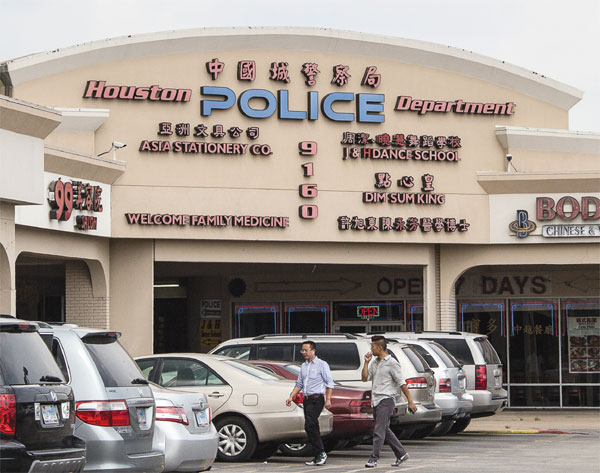Houston's SW Chinatown
Updated: 2015-01-23 10:59
By May Zhou(China Daily USA)
|
||||||||
|
The Houston Police Department's Chinatown station has been staffed by three bilingual policemen since the early 1990s. The office is provided by D. T. Wong for free as a service to Chinatown. Photos by May Zhou / China Daily |
Houston, the fourth-largest city in the United States, has the biggest Asian population in the South. The first Chinatown was east of downtown, but today the southwest area of the city has emerged as the New Chinatown, reports MAY ZHOU from Houston.
It looks like any other busy commercial street in Houston or major US metropolis, with one exception: most signs, including street names, are either in Chinese or bilingual, unmistakably announcing you have arrived at SW Chinatown, aka the New Chinatown.
Its broad streets, open space and cleanness defy the preconception - narrow streets, crowded space, mysterious atmosphere or exoticness - most people have formed from other Chinatowns in places such as New York and San Francisco.
The original Chinatown, started by older generations of Chinese immigrants primarily from south China, consisted of small shops and some restaurants along St. Emanuel and a couple of adjacent streets in southeastern downtown. It has been in steady decline since 1980s.
Today, only a few Asian wholesale businesses still exist there while part of it is being redeveloped into modern and hippie residential parcels.
Often, outsiders and new comers marvel at Houston's SW Chinatown when they first take a drive down Bellaire Boulevard westward from Gessner. Along the newly completed seven-lane thoroughfare and lining both sides are shopping centers with big Chinese supermarkets as the anchor stores, office buildings, banks and apartments. And in between, one can spot a non-Chinese private college preparatory school, a Wells Fargo branch and a Halliburton corporate complex.
Definding the boundary
There are different opinions as how to define the boundary of Houston's SW Chinatown. The most authoritative definition comes from the Asian American Business Council (AABC), a non-profit civic organization started by a group of Chinatown commercial property owners, developers, bankers and business owners in 2005 with a goal to promote SW Chinatown, improve its safety and beautify the area.
According to Kenneth Li, chairman of AABC as well as the owner of Southwest 21 Century and DIHO Square, SW Chinatown is bounded by Gessner to the east and Eldrige to the west - roughly a five-mile stretch; and about two miles long between Westpark and Beechnut from north to south, making it one of the largest motor-centric Chinatowns of more than 10 square miles in the US.
Divided by Beltway 8, SW Chinatown is split into two major sections: the east section falls into the Greater Sharpstown Management District (GSMD), while the west section falls into the International District (ID). The SW Chintown in GSMD is only a mile long along Bellaire with an area of merely 2.3 square miles, but this is the first and most developed section of SW Chinatown. Li calls this the "Golden Zone" of Chinatown with the most concentrated Chinese-American owned business and properties.
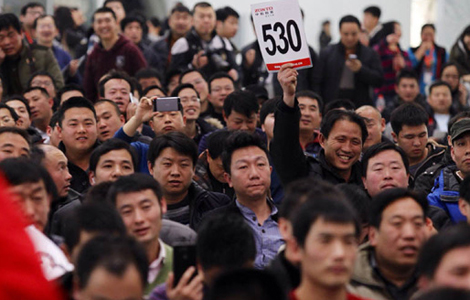
 Auctions of official vehicles starts in Beijing
Auctions of official vehicles starts in Beijing
 Icy challenge in freezing temperatures
Icy challenge in freezing temperatures
 Chinese stars join new reality show 'Wonderful Friends'
Chinese stars join new reality show 'Wonderful Friends'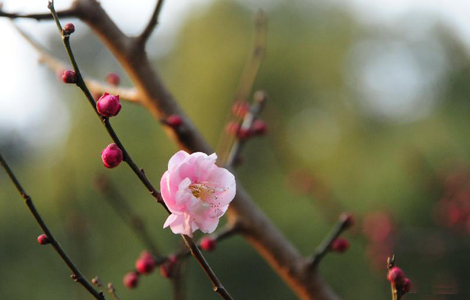
 Plum blossom seen in E China's Hangzhou
Plum blossom seen in E China's Hangzhou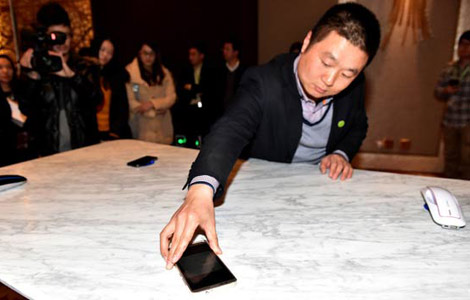
 Wireless charging desk unveiled in Hangzhou
Wireless charging desk unveiled in Hangzhou
 Music at her fingers
Music at her fingers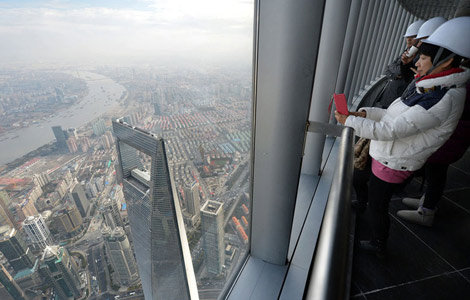
 View from the top of Shanghai's tallest tower
View from the top of Shanghai's tallest tower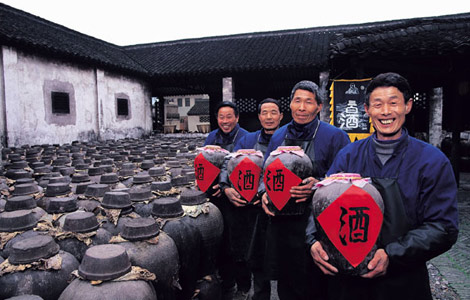
 Ming-era winery preserves ancient taste
Ming-era winery preserves ancient taste
Most Viewed
Editor's Picks

|

|

|

|

|
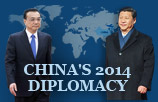
|
Today's Top News
Favorable visa policy to draw talent
China's signal of innovation in Davos
China's coal industry freezes over
China further lowers threshold to attract overseas talent
China disqualifies 300 intangible cultural heritage programs
China restricts government office sizes
Vancouver Boat Show attracts wealthy Chinese buyers
Third panda dies from virus in China
US Weekly

|

|
